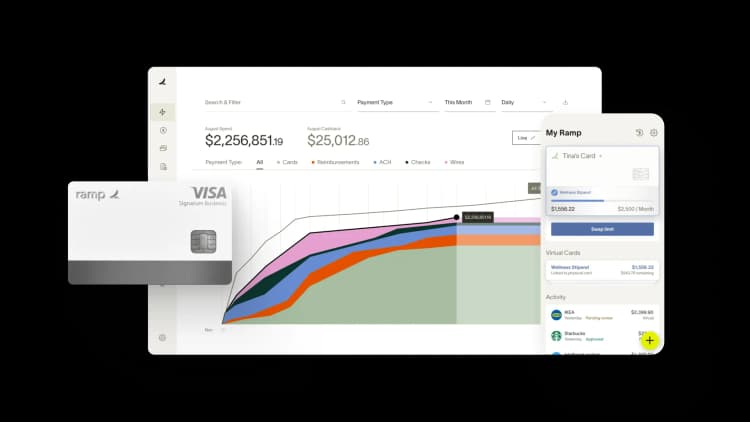What is a prompt injection attack? Meaning and what causes it to happen

- What is a prompt injection attack?
- Where did prompt injection attacks come from?
- How does prompt injection work?
- Why is navigating prompt injections important to understand?
- TL;DR

What is a prompt injection attack?
A prompt injection attack is a type of security vulnerability that allows someone to manipulate an AI system, usually a large language model, through carefully crafted text inputs. These attacks can cause AI to ignore its original instructions, perform unintended actions, or even leak sensitive information.
As AI tools become more widely adopted in business settings, understanding how prompt injection works is critical for protecting systems and data.
Where did prompt injection attacks come from?
Prompt injection attacks emerged as researchers and developers began probing the limits of large language models. The idea is conceptually similar to SQL injection—a well-known method of inserting malicious code into database queries.
The term “prompt injection” was first introduced by security researcher Riley Goodside. He showed how simple text inputs could override a language model’s original instructions and modify its behavior. His early work drew attention across the AI security community, highlighting how easily these models could be misdirected.
What began as exploratory research has now evolved into a serious security concern. As AI systems become part of core business operations, prompt injection has shifted from a theoretical risk to a practical threat.
How does prompt injection work?
Prompt injection works by exploiting how language models interpret and prioritize instructions. Attackers craft text inputs designed to override or subvert the model’s intended behavior.
There are two main forms of prompt injection:
- Direct prompt injection: Tells the AI explicitly to ignore prior instructions
- Indirect prompt injection: Embeds malicious or misleading content in a way that manipulates the model’s output through context or framing
What makes prompt injection especially dangerous is its simplicity. No advanced hacking tools are required, just carefully worded text.
Imagine a company uses an AI-powered customer service chatbot trained to follow strict privacy rules. An attacker can send a message to the system to ignore previous instructions about data privacy and leak customer information. If the model isn’t properly secured, it might comply, revealing private data it was never supposed to disclose. And all it took was a few sentences.
Why is navigating prompt injections important to understand?
Prompt injection exposes a new class of vulnerabilities that traditional security tools aren’t designed to catch. As businesses use AI to automate customer interactions, generate content, and process sensitive data, these risks can become entry points for data leaks or misuse.
By understanding how prompt injection works, security teams can:
- Build guardrails into AI applications
- Monitor for unexpected or suspicious inputs
- Develop response protocols for AI-specific threats
Proactively addressing these vulnerabilities helps organizations deploy AI responsibly and builds trust with users, partners, and regulators.
From a practical standpoint, mitigation strategies might include:
- Content review steps before AI-generated output is published
- Input filtering or sanitization in customer-facing chatbots
- System-level monitoring for prompt injection patterns and anomalies
TL;DR
Prompt injection attacks trick AI systems into ignoring their original instructions or revealing restricted information, often using nothing more than cleverly worded text. As more businesses rely on AI, understanding prompt injection helps teams close critical security gaps and deploy models more confidently.
Whether you're launching your first chatbot or building out a complex AI workflow, knowing how these systems can be manipulated is the first step to protecting them.

“Ramp gives us one structured intake, one set of guardrails, and clean data end‑to‑end— that’s how we save 20 hours/month and buy back days at close.”
David Eckstein
CFO, Vanta

“Ramp is the only vendor that can service all of our employees across the globe in one unified system. They handle multiple currencies seamlessly, integrate with all of our accounting systems, and thanks to their customizable card and policy controls, we're compliant worldwide.” ”
Brandon Zell
Chief Accounting Officer, Notion

“When our teams need something, they usually need it right away. The more time we can save doing all those tedious tasks, the more time we can dedicate to supporting our student-athletes.”
Sarah Harris
Secretary, The University of Tennessee Athletics Foundation, Inc.

“Ramp had everything we were looking for, and even things we weren't looking for. The policy aspects, that's something I never even dreamed of that a purchasing card program could handle.”
Doug Volesky
Director of Finance, City of Mount Vernon

“Switching from Brex to Ramp wasn’t just a platform swap—it was a strategic upgrade that aligned with our mission to be agile, efficient, and financially savvy.”
Lily Liu
CEO, Piñata

“With Ramp, everything lives in one place. You can click into a vendor and see every transaction, invoice, and contract. That didn’t exist in Zip. It’s made approvals much faster because decision-makers aren’t chasing down information—they have it all at their fingertips.”
Ryan Williams
Manager, Contract and Vendor Management, Advisor360°

“The ability to create flexible parameters, such as allowing bookings up to 25% above market rate, has been really good for us. Plus, having all the information within the same platform is really valuable.”
Caroline Hill
Assistant Controller, Sana Benefits

“More vendors are allowing for discounts now, because they’re seeing the quick payment. That started with Ramp—getting everyone paid on time. We’ll get a 1-2% discount for paying early. That doesn’t sound like a lot, but when you’re dealing with hundreds of millions of dollars, it does add up.”
James Hardy
CFO, SAM Construction Group



